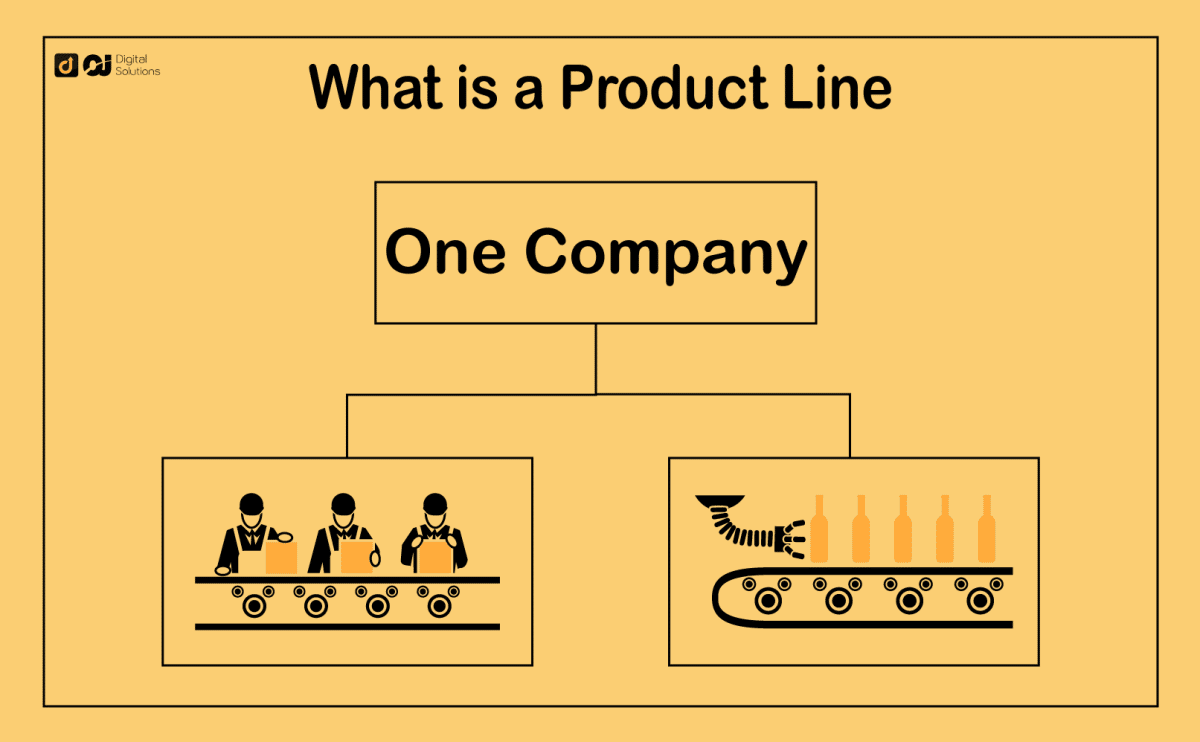If you’re a business owner, you know that having a product line is essential to your success.
The question is: What is a product line?
I have the answer.
I created this guide to discuss everything you need to learn about product lines. I will also walk you through creating and maximizing your product line.
Let’s begin.
What Is a Product Line, and How Does It Work?
A product line refers to any group of related products that a company markets under a single brand to different consumers.
It can be as simple as various existing products a company offers to appeal to a targeted demographic.
For example, a local moving company might offer small and large van services, packing supplies, and storage units. These products and services are related. They would be part of the same product line since they cater to the same customer base.
Customers prefer established brands, so companies often add to their existing product lines. A company’s product mix is its product portfolio.
However, product lines can also be complex and include multiple variations of each core product.
For example, a local moving company could offer specialized commercial relocation services catering to large businesses and government organizations. In this case, each service would belong to a separate product line within the overall product portfolio of the same company.
Ultimately, the product line aims to maximize a company’s profitability. A product line allows a company to provide its customer base with a high-quality product range that matches their needs and preferences.
What Are the Different Types of Product Lines
A company’s product lines will depend on their industry and the types of products they offer. Nonetheless, here are the most common types of product lines that companies offer consumers:
New-to-the-World Product Line
A new-to-the-world product line is an invention or innovation consumers have never seen. A company releases often releases this type of product line only after years of extensive research and development.
Releasing a new-to-the-world product line can be risky because companies are unsure whether it will be successful or profitable. On the other hand, it can also be exceptionally fruitful for any company.
Consider the first iPhone that Apple released in 2007. It was the first of its kind, and nobody had seen that type of cellphone before.
Fast-forward to 2023, and there have been dozens of iPhone models since its initial release. Furthermore, iPhones have a 57.77% market share in the US smartphone industry.
New Product Line
Companies often launch a new product line to challenge their competitors. A new product line isn’t technically a new product but a version of an existing one designed to compete with other products.
The perfect example would be Samsung, Xiaomi, Vivo, and other Android smartphone product lines that compete for market share in the US.
Although the company still leads the global smartphone market share, Samsung’s 26.47% US smartphone market share pales in comparison to the iPhone’s 57%.
Product Line Extension
A product line extension is a variation of an existing product line.
Companies add variations to existing product lines for many reasons. A company may want to share an exciting, new version of a popular existing product.
On the other hand, a company may also want to rekindle lost consumer interest by adding a unique twist to an existing product line.
The regular Coca-Cola and PepsiCo drinks are perfect examples. These two companies regularly introduce new Coke and Pepsi flavors to varying degrees of success.
Product Line Improvement
A product line improvement is an upgrade of a previous product designed to improve its quality and features.
Product line improvement is common among tech companies.
For instance, Nvidia and Advanced Micro Devices (AMD) are two of the biggest companies that manufacture graphics processing units or GPUs for PC gaming.
These two companies launch new, upgraded GPU generations approximately every two years. The goal of the current generation is to improve the standard of quality set by the previous one.
Product Line Repositioning
Companies often reposition their branding and product lines to find new customers and avoid further losses after a significant failure.
BlackBerry is the best example.
BlackBerry used to be the leader in smartphones and other mobile devices. It’s well-documented that the company didn’t take the iPhone’s launch seriously. BlackBerry failed due to being unable to keep up with the competition.
BlackBerry abandoned smartphones in 2016 and is now a leading cybersecurity company.
How Does a Product Line Work?
Product lines are essential to any business. They enable enterprises to extend their reach and market their products to a broader audience, which is always a good marketing strategy.
Some larger companies have multiple product lines they market under various brand names. This strategy makes each product unique and lets companies efficiently target different consumers for each brand.
Every business has a different approach to product line creation and management. However, some common elements define a successful product line.
Each product category or brand a company markets should have clear ties to the other products in the same line (the parent brand). A clear relationship between items helps build trust and recognition with potential consumers, making engaging with multiple products from the same brand easier.
Companies should also design each element of their product lines specifically to target additional consumers and niche markets.
Companies that focus on customer needs to ensure their products resonate with their target audience and help them build loyalty.
The operating principle of product lines is that consumers respond more favorably to familiar brands. These consumers are more likely to buy new products from the same brand based on their previous positive experiences.
A solid product line strategy is vital to maintaining brand growth and longevity in today’s competitive marketplace, regardless of your brand’s existing success.
What Is Product Line Management?
Staying on top of the latest trends in the industry is essential when managing product lines.
Successful product line management requires the following:
- Extensive research
- Constant communication with other stakeholders in the company
- Strong organizational skills
- Competitor analysis
- Anticipating customer needs
A product line manager supervises the process by regularly tracking market data and conducting customer surveys and focus group discussions.
These tasks give a product manager valuable insights into how customers perceive their products and how they can improve them.
Product line managers must also track internal changes such as logo redesigns, packaging overhauls, and brand name changes.
Successful product line management is striking a balance between what customers want and what competitors offer. Simultaneously, product line managers must stay on top of emerging trends in their particular industry.
Product Line Examples
A product line has a parent brand consisting of related products. They may have the same substance, purpose, consumer category, or channel.
Here are product line examples from reputable companies.
Nike Inc.

Nike’s product lines include sports apparel shoes, sweatshirts, sports bras, hoodies, socks, and underwear.
Amul
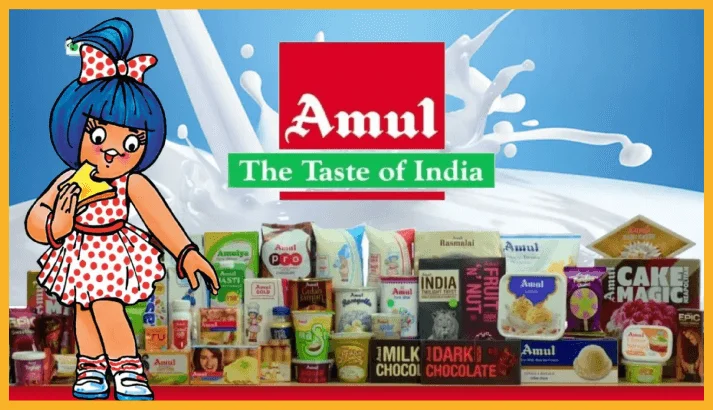
Amul offers a lot of closely related yet distinct product lines. The brand’s products include milk, flavored milk, chocolate, butter, curd, and yogurt.
Nestlé

Nestlé is the world’s largest food and beverage company, with over 8500 brands and 30,000 products. Popular Nestlé product lines include Nescafe, Milo, Purina, and Kit Kat.
Coca-Cola
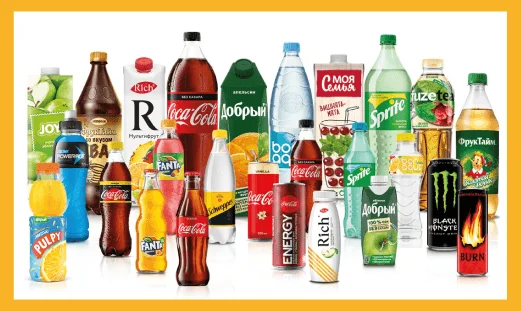
Coca-Cola is still one of the most popular beverage brands, even after more than 100 years in the market. The global brand remains relevant because it consistently adds a new drink under the same brand name. Some drinks are closely related to the original Coca-Cola drink, while others are entirely different.
PepsiCo
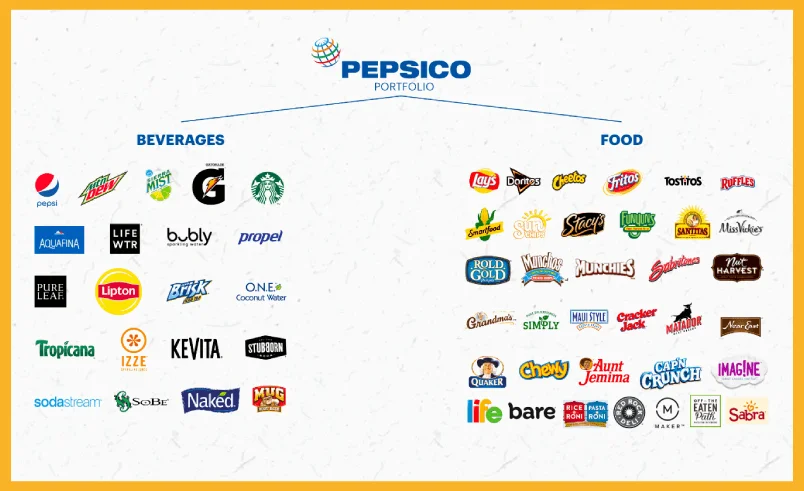
Like Coca-Cola, PepsiCo also has several famous product lines in the market.
PepsiCo is a multinational company offering hundreds of products in more than 200 countries. The company’s products appeal to all age groups, but PepsiCo focuses on the younger demographic.
PepsiCo’s most famous products include Pepsi, Mountain Dew, Aquafina, and Brisk.
Microsoft Corporation
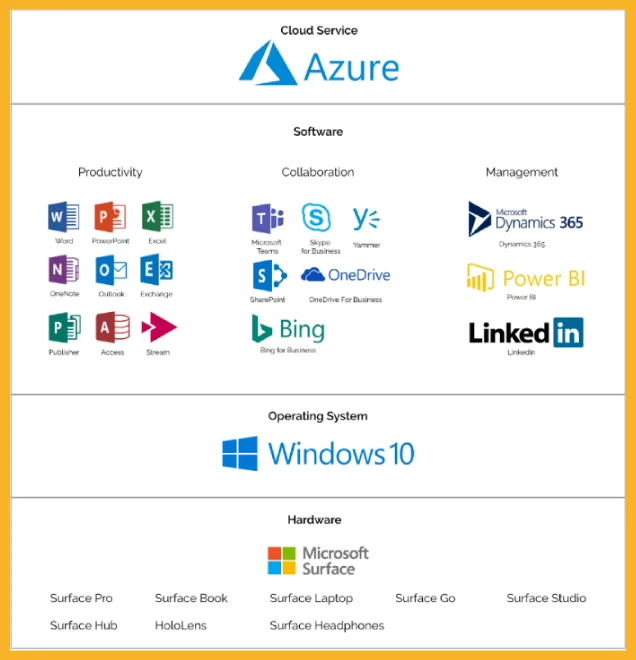
Microsoft Corporation is a well-known global technology brand.
The company offers products in different categories, like MS Office, Power BI, Xbox, and the Windows Operating System.
Product Line vs. Product Mix
Many companies struggle to choose between developing a product line versus a product mix.
Focusing on a product line means manufacturing a series of related products that share features and functions.
This approach can benefit businesses in industries that rely on innovation, like the tech industry. It allows companies to explore new market trends and develop innovative products that appeal to more customers.
For example, a food brand can create a product line extension by adding relevant products and developing more product lines. The company can introduce a product that is somewhat different from its existing lines.
This strategy creates a product line that can serve as an umbrella for all the products under it. It enables companies to widen their reach and target new customers.
Meanwhile, it would be a different product line if the same company branches out and starts on product assortment.
Under a product mix, the product would not be under the same brand. It would expand the company’s current offerings or product mix.
Product mixes vary by company. Some companies have many product lines with several products per line, while others have limited product lines.
Focusing on a product mix involves offering unique products designed to meet specific needs or preferences.
This approach suits businesses in highly competitive markets. It gives them the flexibility to respond quickly to changing consumer demands and stay ahead of the competition.
Both the product line and the product mix have strengths and weaknesses. They are ideal choices under different circumstances. The best option for your business depends on your goals.
How Do You Create a Product Line?
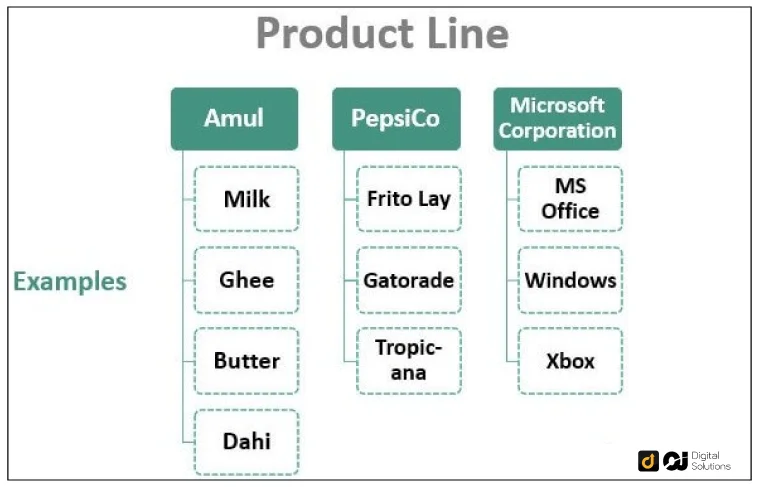
To create a successful product line, focus on unprofitable products that match the needs and preferences of your target demographic.
Identify which group of related products don’t sell well. Then, consider how to reposition or redesign them to make them more appealing to your target market.
Furthermore, look for new product opportunities and innovations that appeal to your audience. Doing so can help you improve existing product lines and boost their profitability.
The Benefits of Having Product Lines
The creation of product lines is critical to any successful business strategy. A well-developed product line can help drive sales and bring in new customers. It also fosters brand recognition and credibility.
Many factors go into creating a successful product line, including choosing the right product mix, ensuring each product has different benefits, and having clear brand messaging and marketing plans.
It’s also best to consider how products work together to create strong synergy and provide customers with much better value.
Focus on these elements; your business can create successful product lines that help grow your bottom line.
Frequently Asked Questions (FAQs)
What Is Product Line Pricing?
Product line pricing is a strategy where a company sets different prices for multiple products within the same product line.
Businesses often use this strategy when selling related—but slightly different—items. For example, a company that sells laptops, desktops, and other computer peripherals might utilize product line pricing.
Setting different price points for each product in a line enables businesses to maximize profits while remaining competitive.
What Is Product-Line Filling?
Product-line filling or line-filling means increasing the scope and number of similar products available within a particular product line.
Companies perform product-line filling to appeal to broader consumer needs and preferences.
Businesses make line-filling decisions by offering additional products unrelated to the main product. Doing so allows companies to reach new customers and gain a competitive advantage.
There are many ways to enhance a product line, including adding other types of products, expanding existing offerings, and creating entirely new lines.
The Bottom Line
I hope my guide helped you understand product lines, how they work, and how they can benefit your brand.
If you want to build your brand and product lines, I recommend starting small and focusing on quality over quantity.
As your business grows, you can add more products to your line. However, it’s also vital to maintain a streamlined product line that customers find easy to understand.
Consider selling private-label products on Amazon to build an online brand and develop your own product lines for ecommerce.

